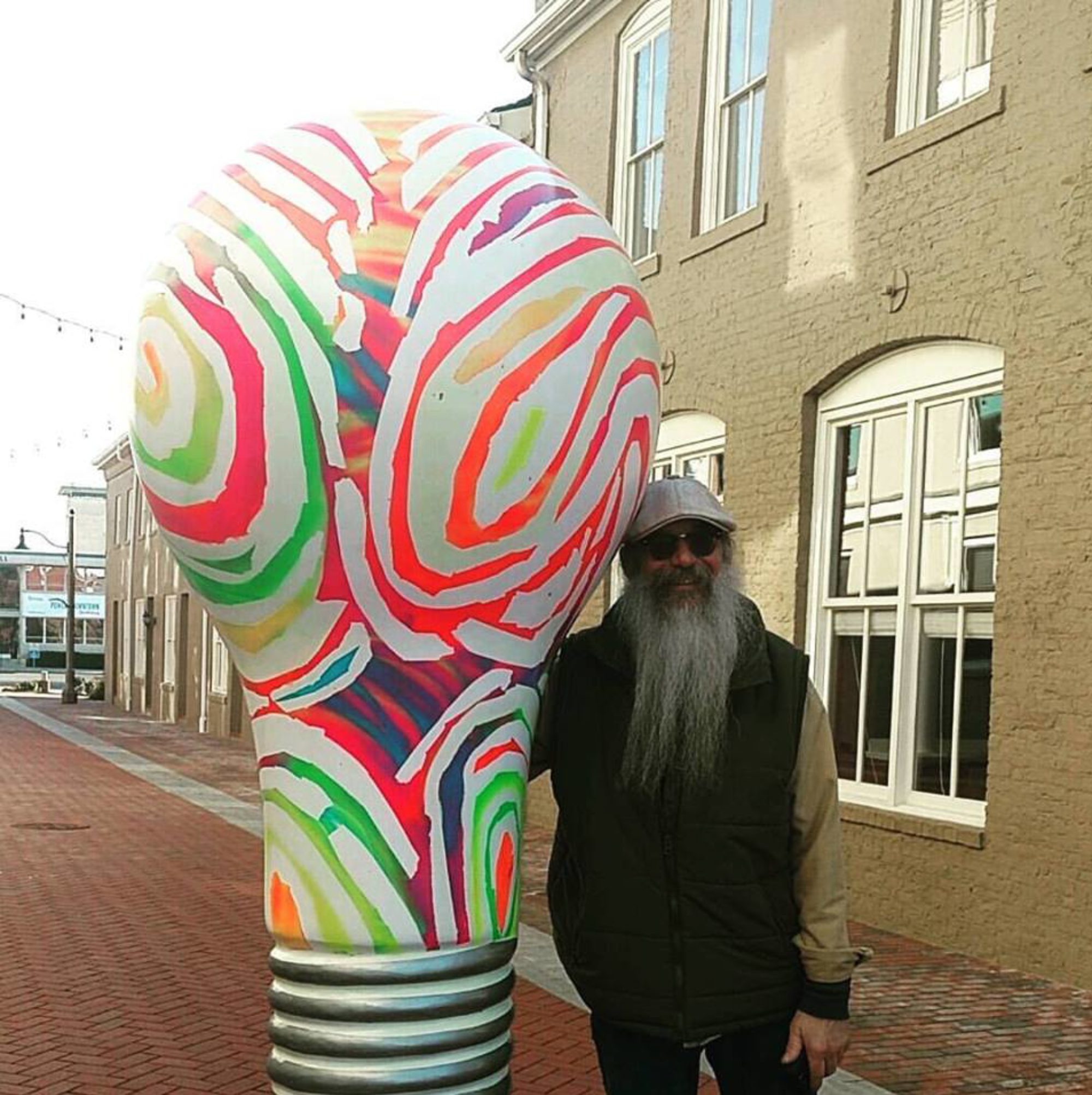
Located at the intersection of Howard and Magnolia Streets, the Magnolia Cemetery is one of the oldest in Spartanburg. In 1838, Jesse Cleveland donated 2 ½ acres to Spartanburg for a graveyard. The plot already contained the village cemetery. It was enlarged in 1868 by the purchase of 1 1/8 acres from Robert E. Cleveland.
The oldest legible inscription is on the headstone of Robert Walker and is dated 1810.
Of the local notables buried there, one is John H. Evins (1830-1884). Evins was a Colonel in the Confederate army (I can’t remember the exact number, but I counted over a dozen C.S.A. grave markers) and served in the South Carolina House of Representatives from 1862 to 1864. He also served in the in the U.S. House of Representatives from 1877 until his death in 1884.
Also buried there is William “Singing Billy” Walker. Mr. Walker was the author of the popular hymnal “Southern Harmony” and later “Christian Harmony”. He was also the inventor of Shape Musical Notes, a method of writing music for people who couldn’t read traditional sheet music. Singing Billy has been honored with a Historical Marker of his own, and has a sign on the Spartanburg Music Trail.
The historical marker was erected in 1976 by the Spartanburg Garden Club Council.
Note of caution: If you plan to visit the Magnolia Cemetery, DO NOT take watermelon! Apparently, at some point in time, there was a problem with watermelon vines taking over, and there is now a law on the books forbidding eating watermelon at the cemetery. You have been warned!
Additional note: “Cemetery” is not spelled “Cemetary”. Maybe one day I’ll get it right…
If you know where any of these Historical Markers are, or if you know of anything else that is interesting, please drop me a note in the comments. Thank you!

Love your blog!
Thank you!